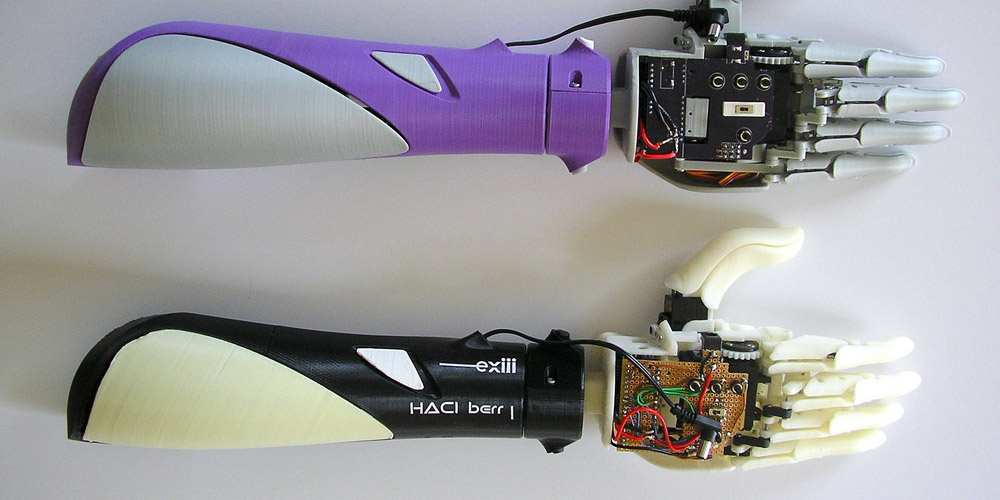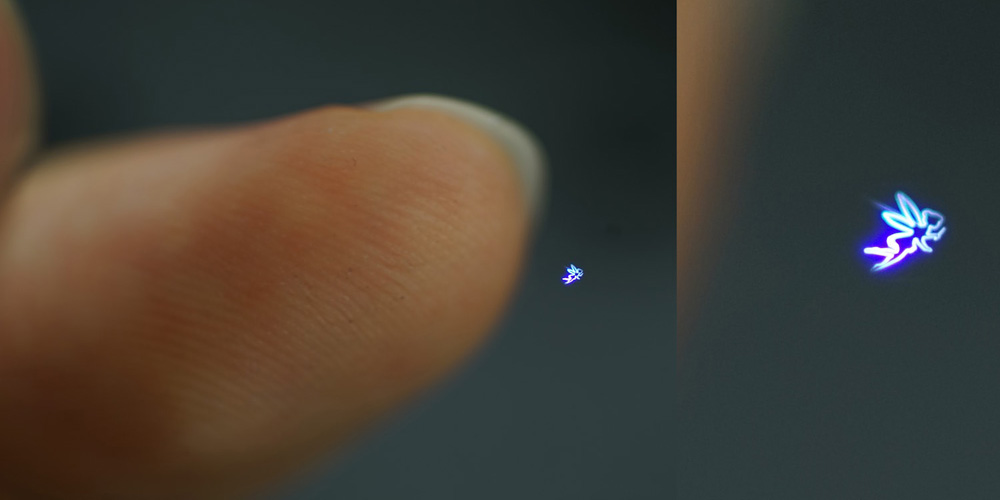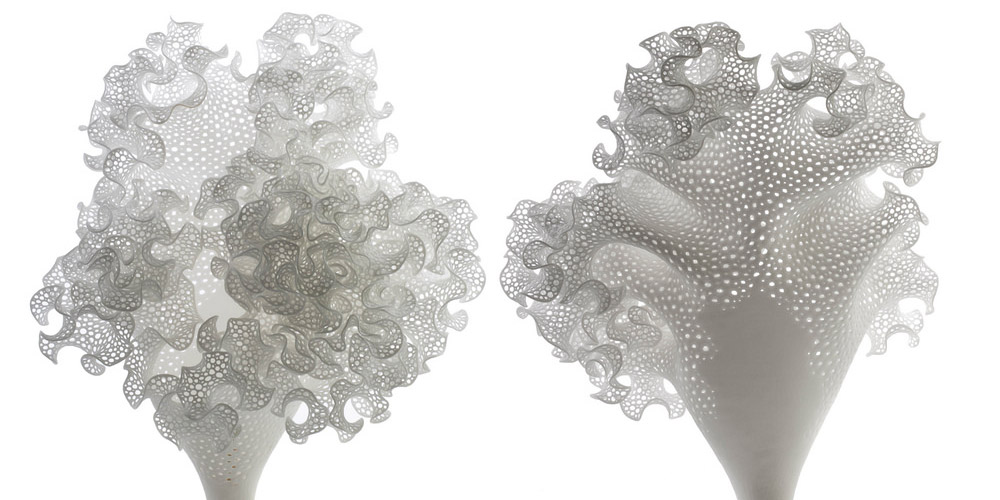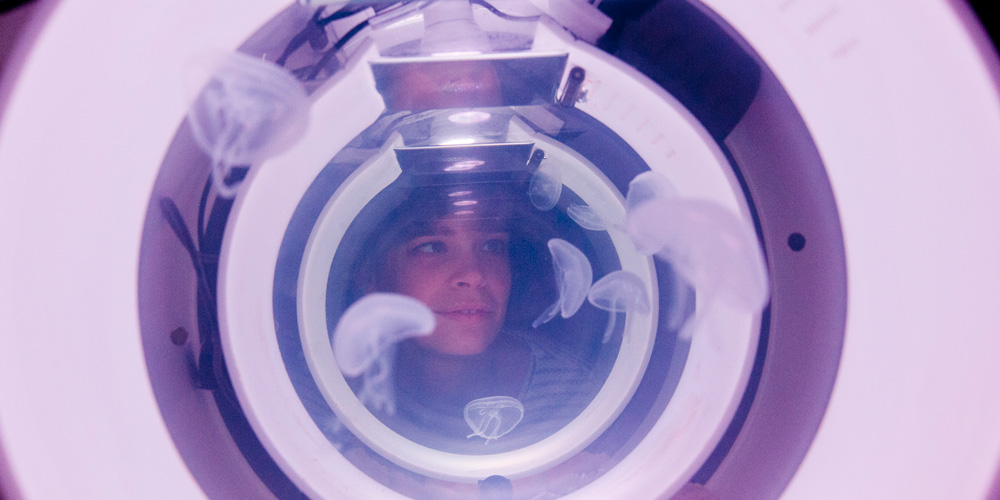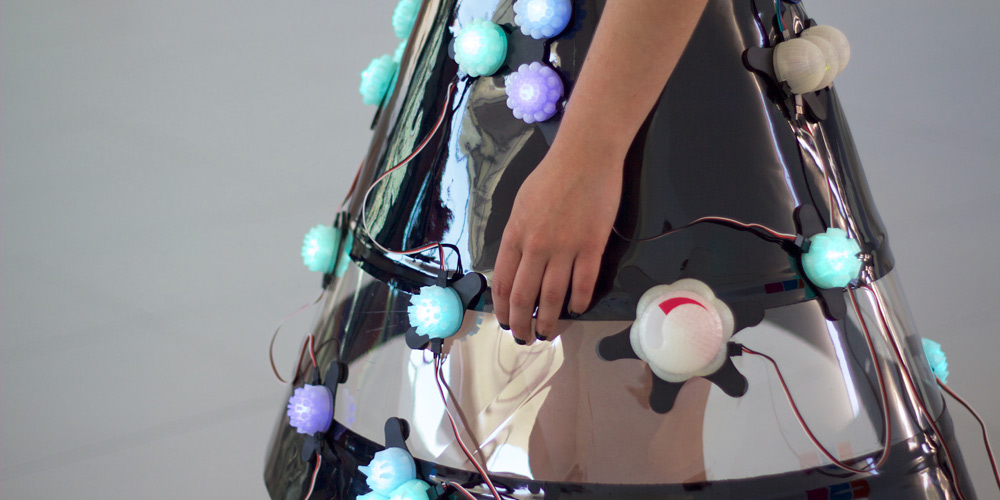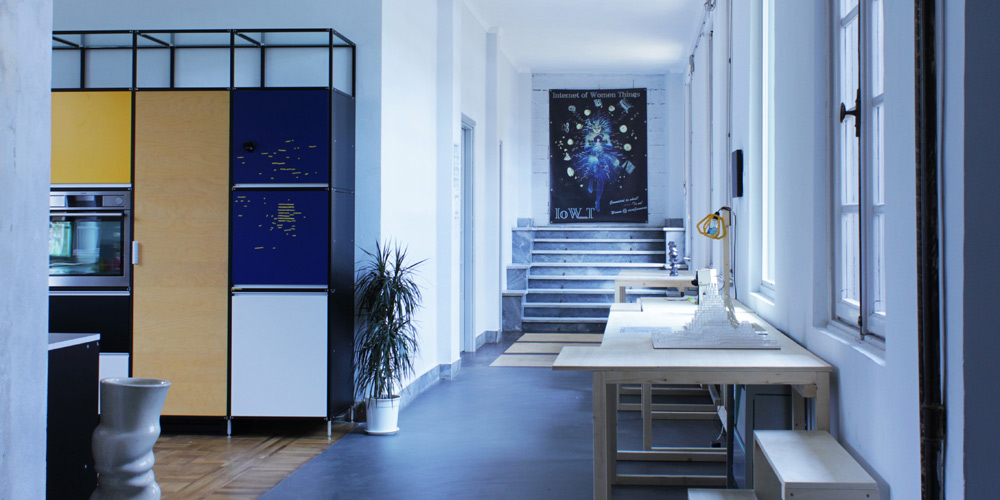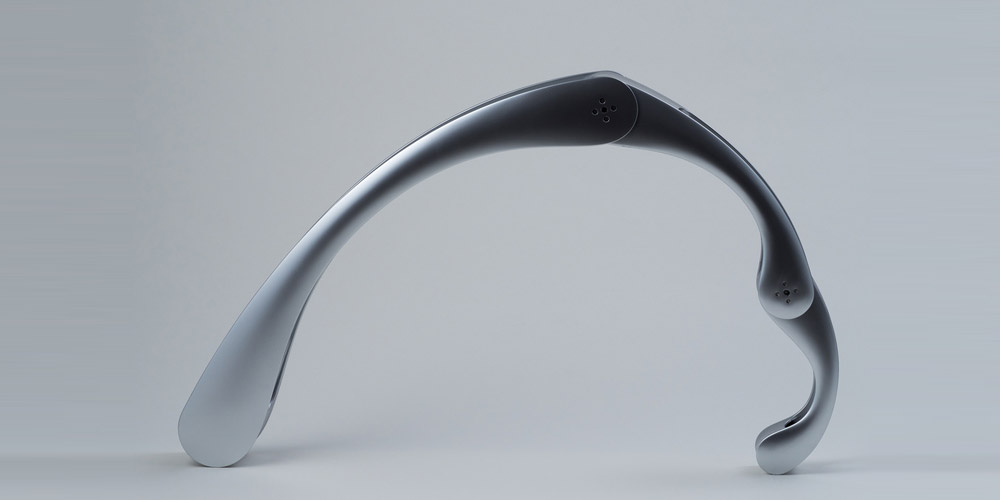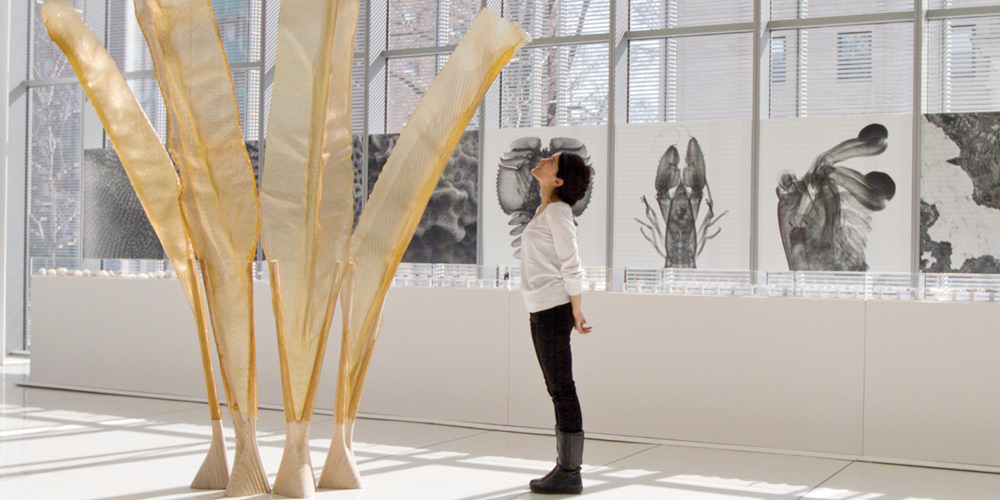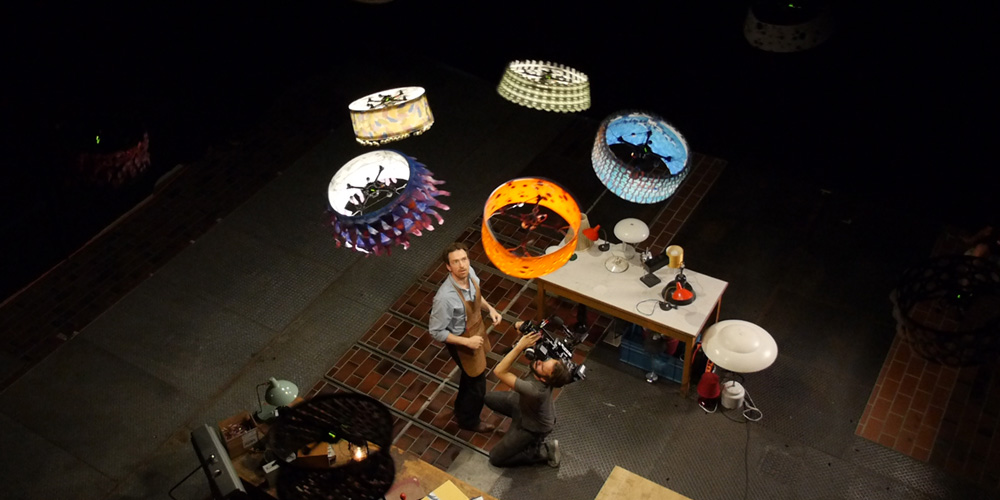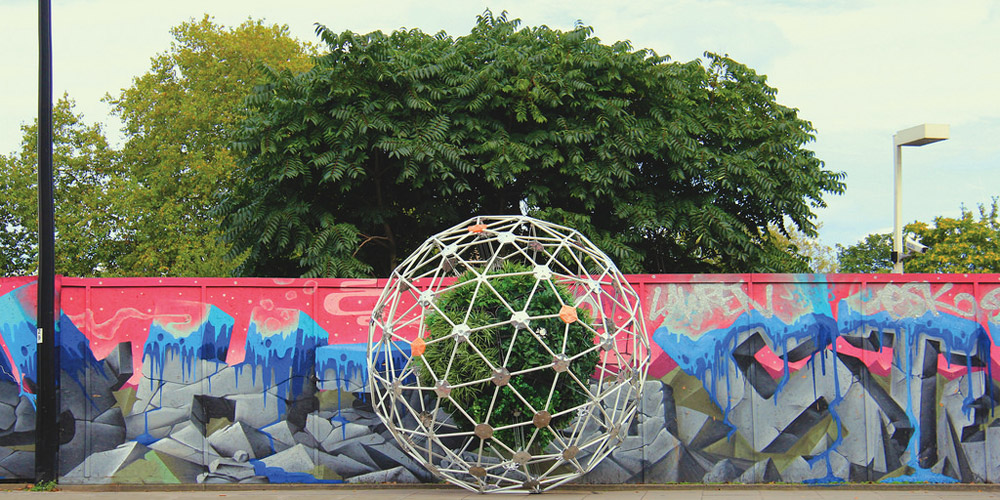
Although plants lack nervous systems, they can, much like animals, become electro-chemically stimulated by their surrounding environment. Measuring this, we begin to understand the stimulus-response mechanisms that make up their primitive intelligence. Networked together we’ve harnessed their collective intelligence, exploring new forms of bio-cooperative interaction. The result is half garden, half autonomous vehicle a cybernetic lifeform we’ve named Hortum machina, B.

